Levels of Proficiency
- REPRESSION - "Ignore it. It's substandard communication."
- "It's not another language, it's slang. It's not math the way I've always spoken it."
- In the late 1970s, college professors refused to use calculators and used slide rules instead.
- In the 1990s, students refused to use pencil & paper and used calculators instead.
- In the early 1990s, teachers refused to use calculators and used pencil & paper instead.
- Still some high school teachers refuse to use manipulatives and use symbol manipulation instead.
- REPRESENTATION - "How do you say/represent this or that?"
- Speak of things/nouns: an equation, an expression, an exponent, an exponential.
- positional and additive
- Cognition is enhanced by Reflection, summary/debriefing,visualization
- Once representation is begun, one might "go overboard" it using a new language.
- OPERATION - "What can you do with this?" or "How do you do this?"
- Speak of doings/verbs: solve an equation, simplify an expression.
- addition, subtraction, multiplication on the 100s board
- additions, subtractions, dilations on the coordinate plane w/GWM
-
- Upon REPRESENTATION or OPERATION, there exists a desire to
- restate familiar ideas in the new language.
-
- CREATION - "Watch/Listen to what I can do," and
- "See how well I speak & understand."
- Using the identity as input to compare or analyze the square root
- Students' coordinate plane art work with equations
-
- REPRESENTATION and OPERATION initiate CREATION -
- the stage in which a new idea or clarity of an old theme occurs because of the
restatement or translation.
-
- INTERPRETATION - "Which language suits my purpose best?" or
- "Should I say the same thing in both/all languages?" and
- "It doesn't mean exactly that: it's means this."
|




![[Words]](http://www.mathnstuff.com/math/spoken/here/1gif/words.gif)


![[Good Stuff Page]](http://www.mathnstuff.com/gif/goods.gif)
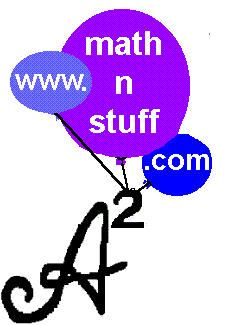


![[MC,i. Home]](http://www.mathnstuff.com/math/spoken/here/1gif/mcihome.gif)
![[Table]](http://www.mathnstuff.com/math/spoken/here/1gif/table.gif)
![[Words]](http://www.mathnstuff.com/math/spoken/here/1gif/words.gif)

![[this semester's schedule w/links]](http://www.mathnstuff.com/gif/semestr.gif)
![[Good Stuff -- free & valuable resources]](http://www.mathnstuff.com/gif/goods.gif)

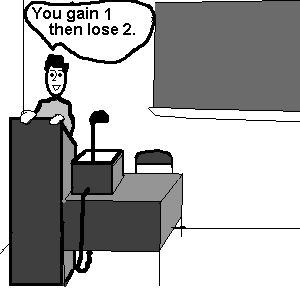
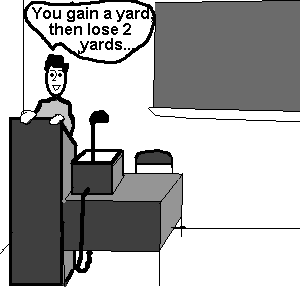


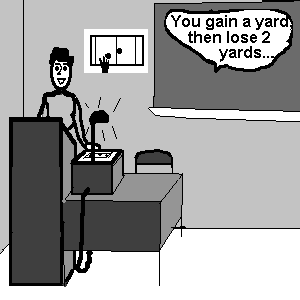
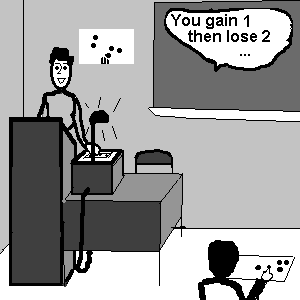
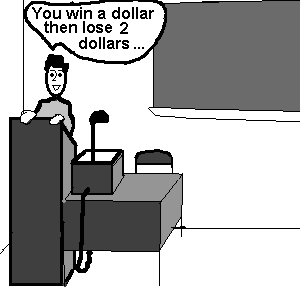

![[Order Form]](http://www.mathnstuff.com/math/spoken/here/1gif/orders.gif)
![[Teacher Page]](http://www.mathnstuff.com/gif/teach.gif)
![[MSH! Grouped Words]](http://www.mathnstuff.com/math/spoken/here/1gif/apply.gif)